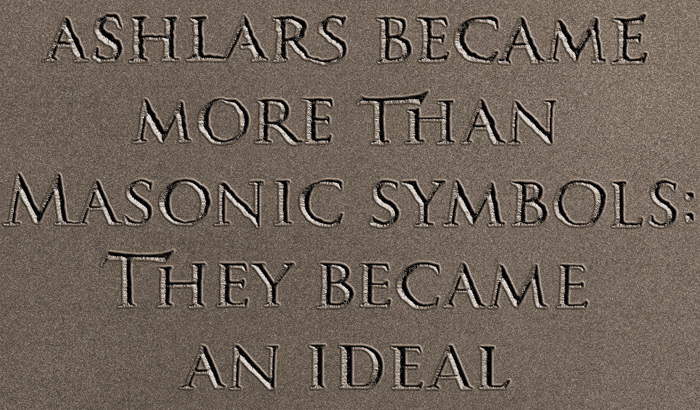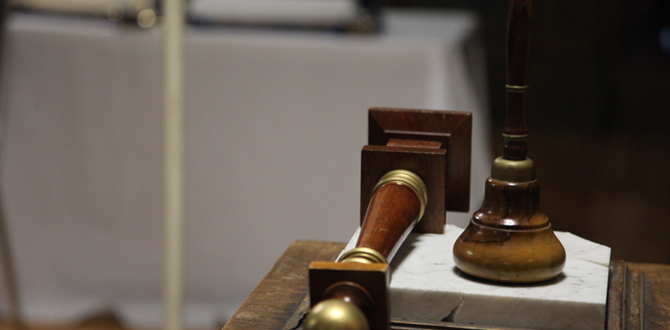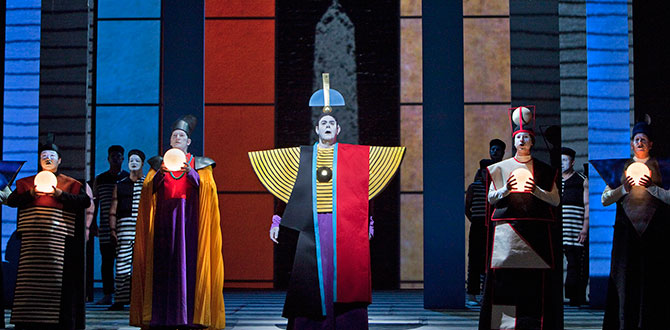This personal account of my Masonic education is my way of sharing with you some of the reasons that motivated me to become a Freemason, and the difference it has made since I first knocked at the door of a Masonic lodge on May 28, 1964.
By John L. Cooper III, Past Grand Master
A Formative Mentor
The journey to becoming a Mason sometimes begins much earlier than we may think, and that journey may well begin, as it did for me, in the Order of DeMolay. My life within Masonry began when a respected elder in the First Christian Church at Fullerton asked me one day, “Have you ever heard about the Order of DeMolay?” I didn’t know anything about DeMolay, much less about Freemasonry or other Masonic organizations. (Although my paternal grandfather had been a Mason, he died when I was six years old.) Freemasonry has a rule against asking anyone to become a Mason, but that does not apply to talking to young men about DeMolay or inviting them to consider joining. As a 15-year-old young man, I was intrigued by DeMolay as an organization and the promise it presented to me.

If that elder had never asked me about the young men’s fraternity, I likely would never have discovered DeMolay, and probably would never have become a Freemason. And, despite how greatly I valued my experience in DeMolay, DeMolay membership itself probably would not have inspired me to seek to become a Mason, had it not been for the Masons who made up our chapter advisory council and the examples they set for me. Beyond being great advisors for our chapter, they were men whose lives reflected the principles I valued. They were the kind of men that I wished to become as an adult. Today, so many years later, they have continued to influence my life. And because of them, at the age of 21 – then the minimum age to ask to become a Mason – I petitioned a lodge for the degrees of Masonry.
My journey in Freemasonry has been enabled and empowered by Masons who seemed to genuinely understand what Freemasonry is all about. They pointed me toward resources where I could learn more about this amazing and ancient organization, and they encouraged me to study its teachings and its history. I soon found that the more I learned, the more that there was to learn, and early on I formed a habit – which I still have – to try to learn and understand something new every day. Freemasonry became for me a journey into gaining knowledge of myself beyond just learning more about Freemasonry itself. The more I came to understand the impact of the teachings of Freemasonry on my life, the more I was empowered to be successful in the chosen endeavors of my life. The rough and perfect ashlars became more than Masonic symbols: They became an ideal of personal progress; a way of understanding that we can be better tomorrow than we are today. It is the idea of growth that these two symbols represent, and growth in knowledge and understanding became a passion for me.
The teachings of Freemasonry also shaped my understanding of the world of knowledge outside of the craft. Never satisfied with what I already knew, learning new things became a driving force for me in all aspects of my life. I found that a university education was not an end in itself, but the door to a lifelong commitment to learning more and more every year. Along the way I met Masons who share a similar passion, and many of these brothers are still the ones from whom I learn about Freemasonry in general, and about life itself. They truly became “friends and brothers, among whom no contention should ever exist, except that noble contention, or rather emulation, of best can work and best agree.” The Masonic ideal is one in which we respect one another for our attainments, but without the destructive behavior so often seen outside the fraternity, where competition can undermine friendship.
In the end, Freemasonry has shaped my life in ways that I could never have imagined in 1958 when someone asked me if I knew anything about the Order of DeMolay. My life would have been far different if C. Stanley Chapman had never sought out a 15-year-old boy at church, and asked that question. Because of this, I have tried to live a life that is worthy of his having asked that question so many long years ago.


